Tag
Your Home
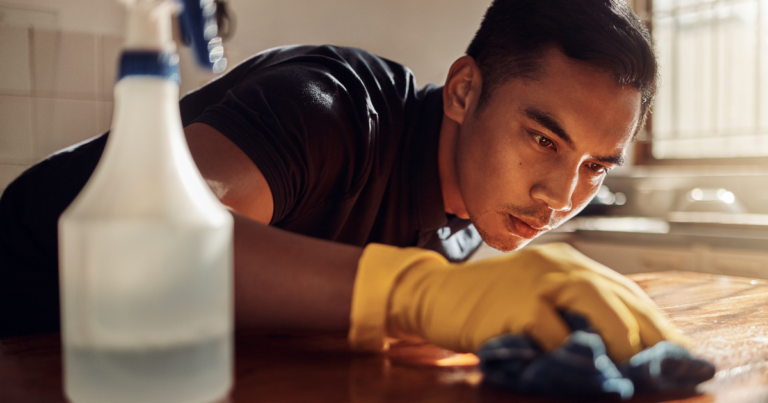
Get your house clean without using toxic cleaning supplies by following these tips for safer cleaning for both you and the environment.

You don’t have to sacrifice your health for effective protection from the weather. Here are Toxic-Free Future’s tips to extend the life of your outdoor apparel without exposing yourself to toxic PFAS!

Most people agree that eliminating toxic chemicals from the home is a healthy choice. Yet, one of the most common things I hear from friends (including my husband) is that going toxic-free is too expensive, especially these days when household budgets are tight. But a toxic-free lifestyle doesn’t have to be one that only a few can enjoy. There are many ways to protect our families from toxic chemicals without breaking the bank.
Nobody knows these easy, cheap tips better than Toxic-Free Future’s own staff and board. So we asked our coworkers and board members about their favorite low-cost tips to eliminate harmful chemicals in the home.
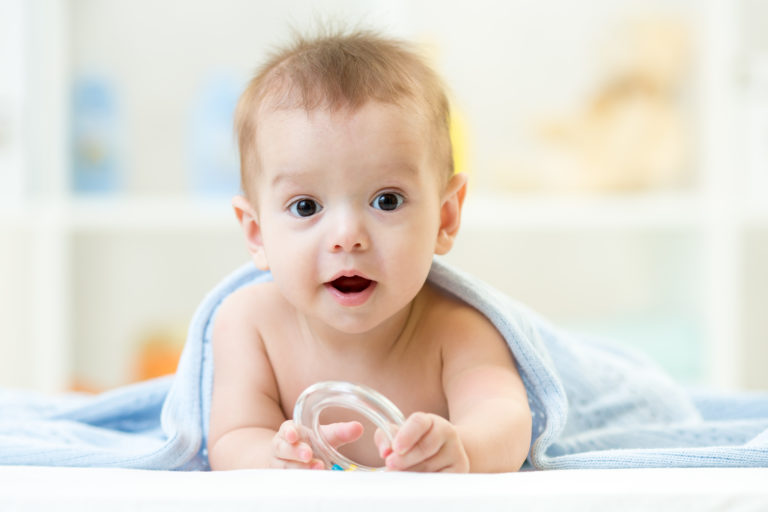
The US Consumer Product Safety Commission is warning consumers, especially pregnant women and young children, to avoid kids’ products, electronics, mattresses, and home furniture that contain certain toxic flame retardants, known as organohalogens.

Read about choosing safer mattresses and changing pads.
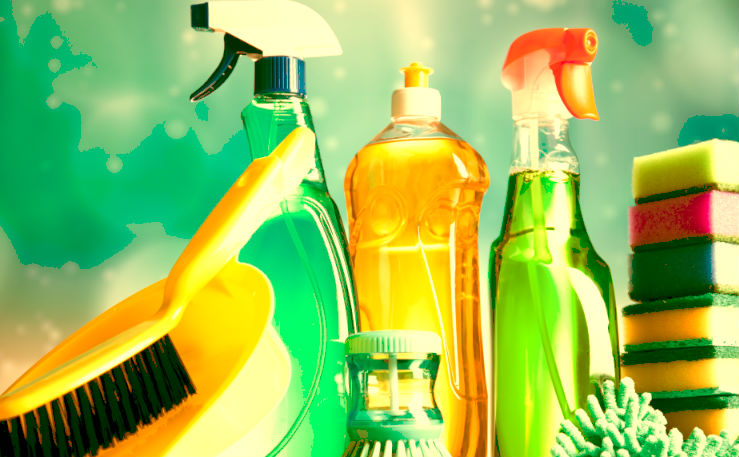
Common ingredients such as baking soda and liquid soap can be used for a host of jobs around the house. Try these recipes as alternatives to hazardous cleaning products!
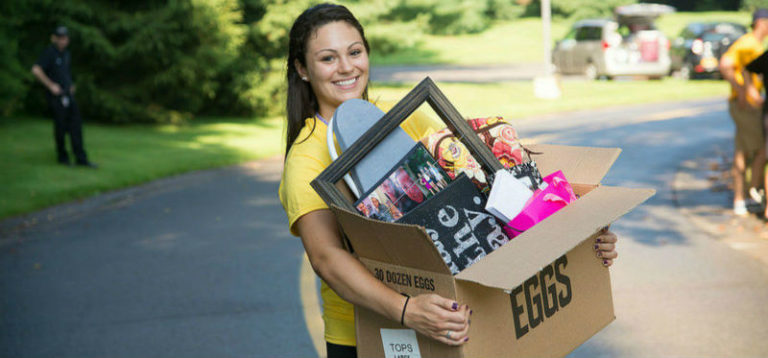
Families with college-age kids are checking off their Dorm Essentials lists and packing up the car for that iconic family event – College Move-In Day. Here are some tips to reduce your college student’s exposure to toxic chemicals in their new digs and making a healthy college dorm room for them.
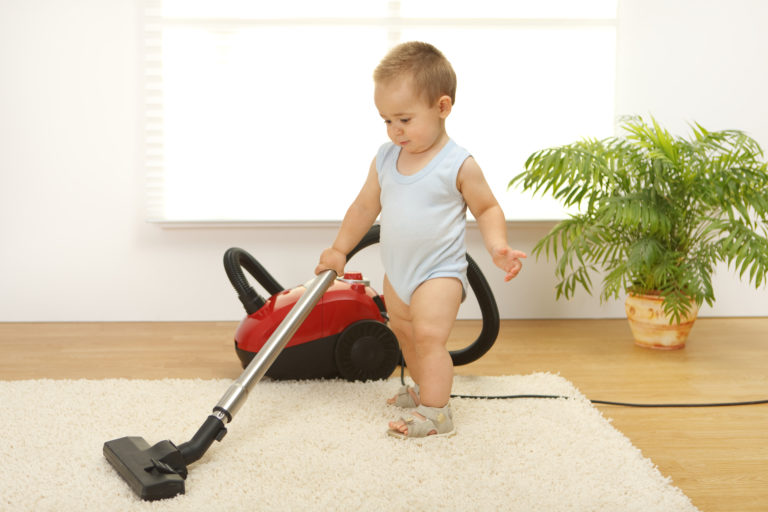
Vacuuming is not just for keeping up appearances! It’s actually an easy way to reduce unnecessary chemical exposure and common allergens in your home. Household dust contains many ingredients – some you’d expect, like pet dander, tracked-in soil, and dust mites. However, industrial chemicals like flame retardants, pesticides and heavy metals are also lurking in dust bunnies.
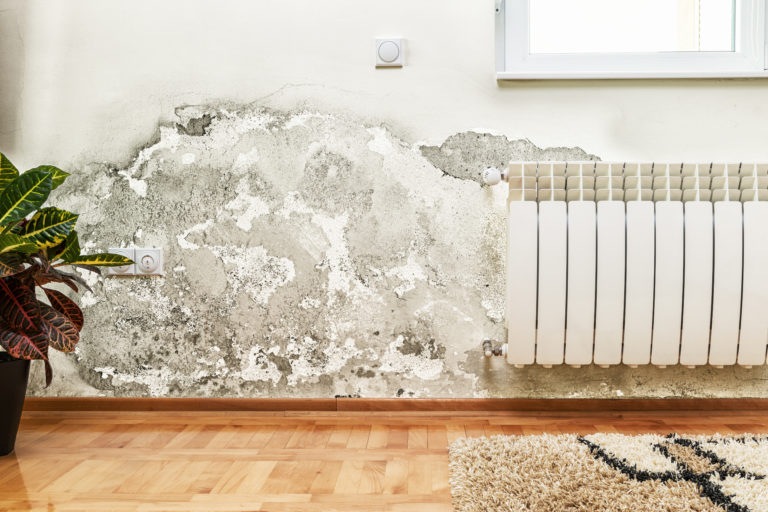
Mold is a living organism, requiring food and water and releasing thousands of tiny mold spores into the air to reproduce. All good and part of the natural order of life, until those microscopic spores enter our homes and grow indoors.
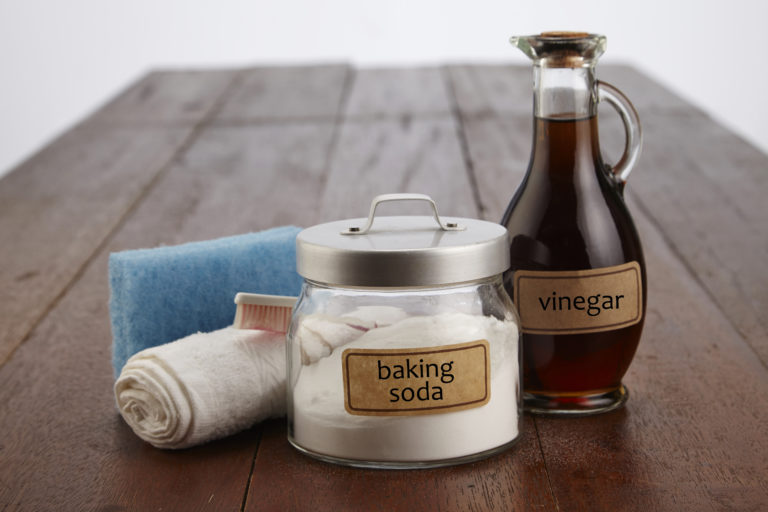
When Hazel Salazar moved to Seattle from El Salvador to join her husband 20 years ago cleaning houses was the only job she could get. Her first client handed Salazar a bucket and a jug of pine-scented cleaner. Within hours the skin on Salazar’s hands had blistered. Over the course of the next three days it peeled away in sheets.
Welcome to mainstream American cleaning products.
